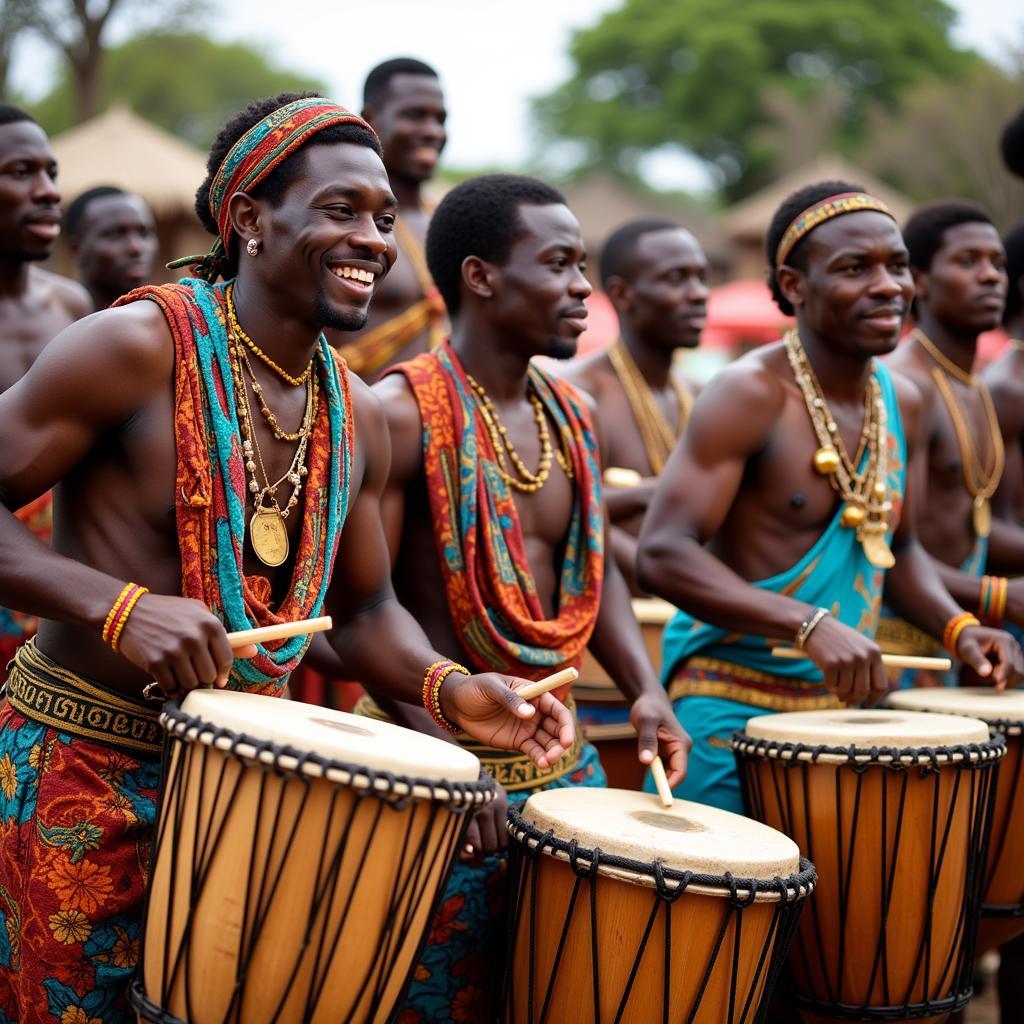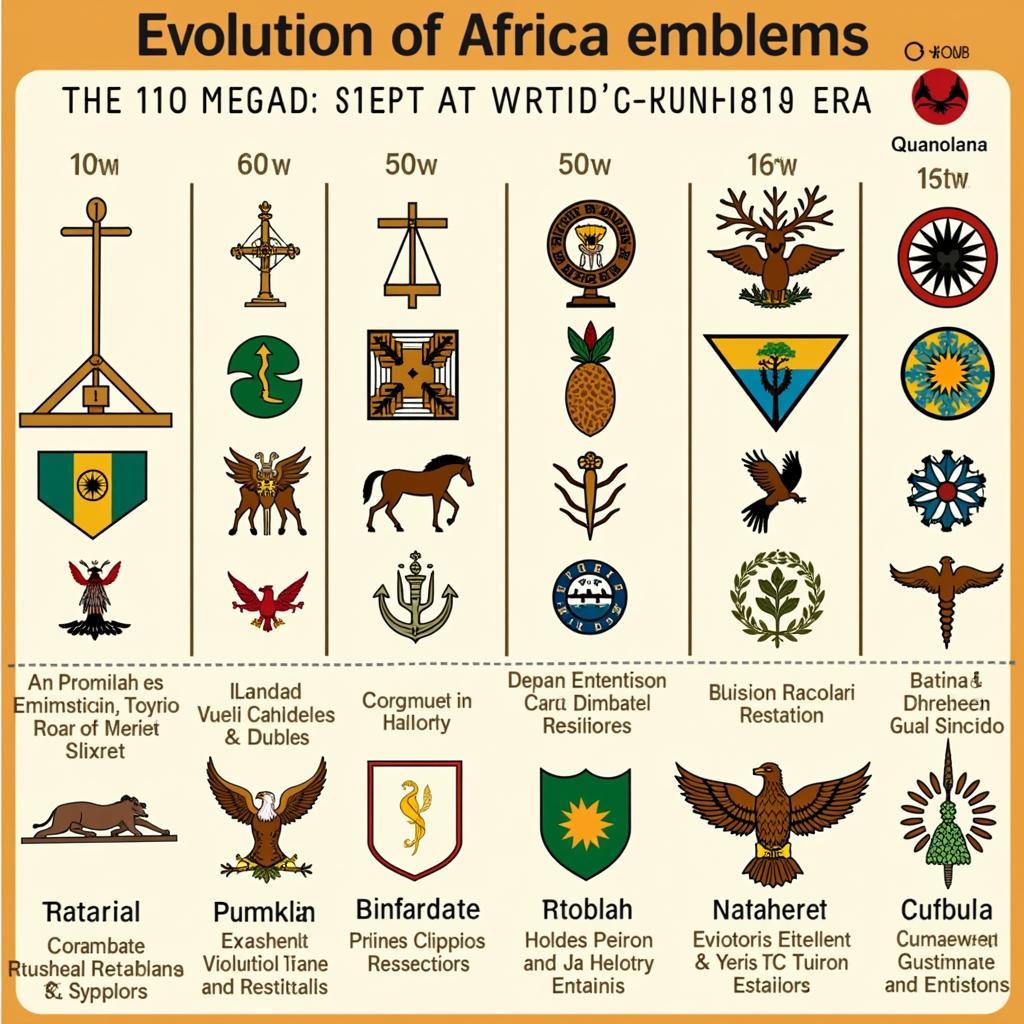African Buffalo Characteristics: A Comprehensive Guide to These Powerful Animals
The African buffalo, also known as the Cape buffalo, is one of the most iconic and powerful animals in Africa. These large, imposing creatures are known for their strength, resilience, and unpredictable nature. In this comprehensive guide, we will delve into the fascinating world of the African buffalo, exploring its characteristics, behavior, habitat, and ecological role.
The African Buffalo: A Closer Look
The African buffalo is a large, stocky mammal belonging to the Bovidae family. They are easily recognizable by their massive heads, thick horns, and dark brown coat. These powerful creatures are found throughout sub-Saharan Africa, inhabiting a wide range of habitats from grasslands to forests and woodlands.
Physical Characteristics:
- Size: African buffalo can reach up to 1.7 meters (5.5 feet) tall at the shoulder and weigh up to 900 kilograms (2000 pounds), making them one of the largest wild bovids in the world.
- Coat: The coat of the African buffalo is typically dark brown, although it can range from reddish-brown to almost black, depending on the individual and the time of year.
- Horns: One of the most distinctive features of the African buffalo are its horns. These horns are thick, curved, and can grow to a length of 1 meter (3 feet).
- Legs: The legs of the African buffalo are strong and sturdy, allowing them to move quickly and efficiently over rough terrain.
Behavioral Characteristics:
- Social Structure: African buffalo live in herds of up to 1,000 individuals, which can include bulls, cows, calves, and young bulls. The herds are led by dominant bulls, who are responsible for protecting the herd from predators.
- Defense: African buffalo are known for their aggressive defense of their young and herd mates. They are quick to charge, and their horns can inflict serious injuries.
- Diet: The African buffalo is a herbivore, feeding mainly on grasses, leaves, and other vegetation.
- Mating: African buffalo typically mate during the dry season, and the gestation period is around 11 months.
The African Buffalo’s Role in the Ecosystem
The African buffalo plays a crucial role in the African ecosystem.
- Grazing: As herbivores, they help to keep grasslands healthy and prevent the overgrowth of certain plant species.
- Food source: They are a vital food source for predators such as lions, leopards, and hyenas.
- Seed dispersal: African buffalo help to disperse seeds through their droppings, contributing to plant diversity.
The African Buffalo: Facing Threats
Despite their formidable size and strength, African buffalo populations face several threats:
- Habitat Loss: As human populations grow, natural habitats are being cleared for agriculture and development.
- Poaching: Buffalo are illegally hunted for their meat, horns, and hides, which are traded on the black market.
- Disease: African buffalo are susceptible to diseases such as rinderpest and foot-and-mouth disease.
The African Buffalo: A Symbol of Strength and Resilience
The African buffalo is a truly remarkable animal, symbolizing the strength and resilience of Africa’s wildlife. By understanding the challenges they face and the crucial role they play in the ecosystem, we can work to ensure their survival for generations to come.
Frequently Asked Questions (FAQ)
1. Are African buffalo dangerous?
African buffalo can be dangerous, especially if they feel threatened or are protecting their young. It’s essential to maintain a safe distance from them in the wild.
2. Why are African buffalo called “Cape buffalo”?
They are often called “Cape buffalo” because they were first described by European explorers in the Cape of Good Hope region of South Africa.
3. What is the difference between a buffalo and a bison?
While both are large, grazing mammals, they are different species. Buffalo have more slender horns, while bison have thicker horns.
4. How long do African buffalo live?
African buffalo can live for up to 20 years in the wild.
5. Where can I see African buffalo in the wild?
You can see African buffalo in many national parks and game reserves throughout Africa, including Kruger National Park, Serengeti National Park, and Ngorongoro Crater.
6. What is the conservation status of the African buffalo?
The African buffalo is listed as “Least Concern” on the IUCN Red List. However, populations are declining in some areas due to habitat loss, poaching, and disease.
7. What can I do to help protect African buffalo?
Supporting conservation organizations, educating yourself and others about the importance of these animals, and advocating for policies that protect wildlife and habitats can all help.
If you need support or have any other questions, please contact us at +255768904061, kaka.mag@gmail.com, or visit our office at Mbarali DC Mawindi, Kangaga, Tanzania. We have a 24/7 customer service team to assist you.

